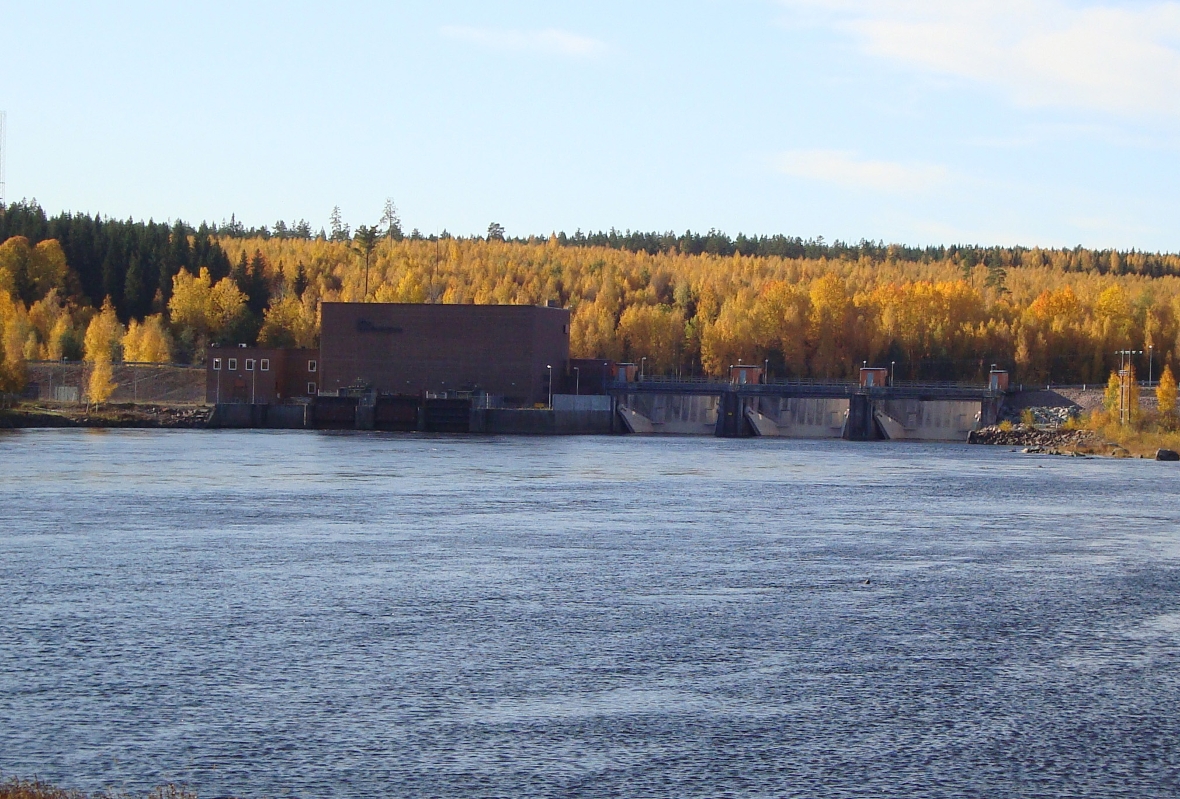Näs
Facts
Water information

A hydro power station was erected in the lower parts of the river Dalälven as early as in the late 19th century. The first two generators, with an installed capacity of 200 kW each, were completed in 1898. At that time the power station accounted for one half of Sweden’s electricity generation. During the following decade, several units were constructed and by 1910, it was one of the largest facilities in Sweden. It supplied local companies with electricity, including Sandviken.
After signing a contract with Sandviken, a record-breaking cable, stretching 50 kilometres and with a capacity of 20 kV, was installed in order to reach the company’s facilities. In 1936, Vattenfall purchased the facility and operated it until 1980.
Replacing the old station
Construction of a new dam and power station began in 1976. By this time, the old units had been in operation for almost 80 years. Although the old power station was replaced, it remains on the site as a cultural monument. It can still be operated for demonstration purposes.

